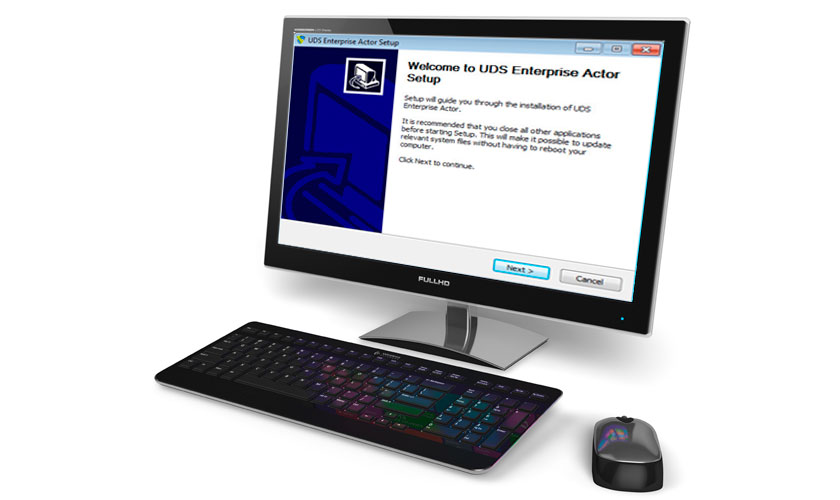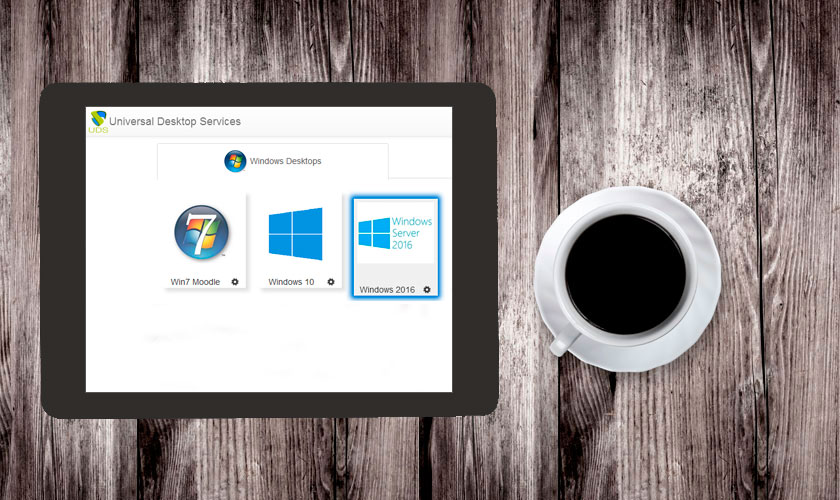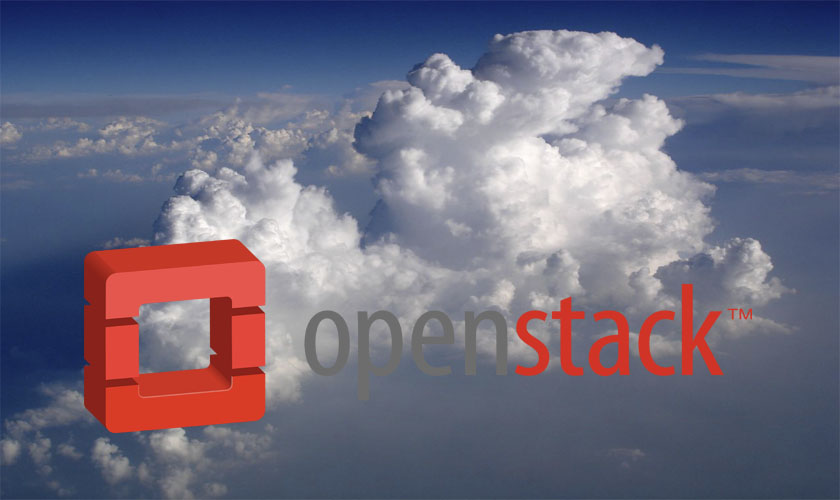
Main improvements in UDS Actor
UDS Enterprise 2.0 incorporates a new version of the UDS Actor for all supported Windows and Linux platforms and for application virtualization.

UDS Enterprise 2.0 incorporates a new version of the UDS Actor for all supported Windows and Linux platforms and for application virtualization.

The city of Rome, the fourth-largest city in the European Union, will increase its use of free and open source software, it decided in October. All new software solutions will be based on open source, and the city is to consider replacing existing proprietary solutions by open source alternatives.

The new version of our software features important improvements. Among them, the number of supported operating systems for virtual desktops is extended. UDS Enterprise 2.0 enables the deployment of VDI Windows 2016. In this way, the UDS Enterprise reinforces its commitment to favor the compatibility with the latest technologies in the market today.

In a fast-moving project like OpenStack, it seems like there’s more to learn with every day that passed. There are plenty of tools out there to help you keep up, including hands-on training courses, books, and of course the official documentation. The following are 4 of the most outstanding tools to build your open source cloud:

The success story of the Autonomous University of Madrid that deploys around 1.000 virtual desktops per month with UDS Enterprise, the distinction of our partner Computer Port IT Solutions as one of the fastest growing IT companies in the storage field in India, as well as the advantages of desktop virtualization with UDS Enterprise and OpenNebula, have been the most outstanding news that hook the attention of our followers in the last two weeks.